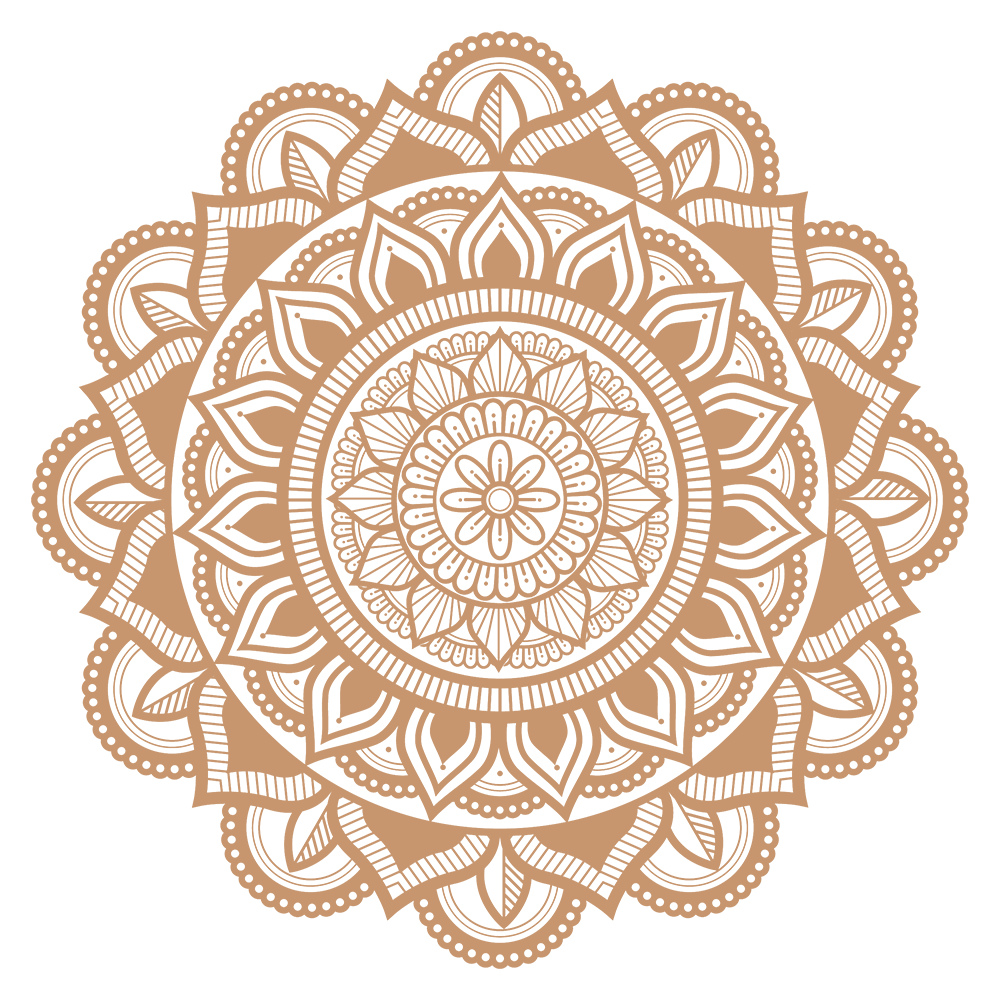


Corrugated boxes are comprised of three layers of paperboard: two flat liners and a fluted medium. The top and bottom of the box are the liners, while the medium is the wavy layer in between. The flutes give the box its strength and stiffness, while the liners provide a flat surface for printing and labelling.
Corrugated boxes are used for a range of purposes, such as shipping, storage, and commercial display. They are robust enough to safeguard sensitive objects during transportation while also being lightweight and simple to arrange and storage. Corrugated boxes are also recyclable, making them an environmentally friendly packing solution.
We have a complete carton box manufacturing factory. Our skilled designers can create the proper type of carton box in a variety of styles to meet the demanding needs of various industrial segments.
We are mostly concerned about the environment, which is why our packaging options are environmentally friendly. We provide all of our products on time and at reasonable prices. Whether you need corrugated boxes for food packaging, merchandise packaging, or any other packaging purposes, our corrugated boxes have the appropriate design that is durable and sturdy to meet demanding transit circumstances. All you need for one-stop packing solutions is the Total packing Solution, the leading manufacturers of Corrugated Boxes in Chennai.
Our given high-quality packing materials are praised by a large clientele for their eco-friendliness, hardness, and great load-bearing capacity. We are always improving our products, techniques, and services to ensure that your specific requirements are addressed consistently.
Corrugated boxes come in a variety of sizes and shapes, each suited for a specific function. The single-wall box is the most popular type of corrugated box. A single sheet of linerboard is used on each side of the medium to create single-wall boxes. They are light and affordable, making them an excellent alternative for delivering small things.
Double-wall boxes are made with two layers of linerboard on each side of the medium. They are more robust and tougher than single-wall boxes, making them an excellent alternative for shipping larger things. Three layers of linerboard are used on each side of the media to create triple-wall boxes. They are the strongest and most durable sort of corrugated box, making them an excellent choice for delivering particularly heavy or fragile things.
Corrugated boxes can be classified by the type of flute they utilise in addition to the number of walls. The E flute is the most popular variety of flute. E flutes are rather tall and have a strong strength-to-stiffness ratio. C flutes are shorter and have more padding than E flutes. B flutes are the shortest and most cushioned form of flute.
Corrugated boxes are made in a variety of techniques, the most popular of which is the fluting machine. The flutes in the medium are created by passing it between two rollers on the fluting machine. The flutes’ wavy shape is created by covering the rollers with a pattern.
The medium is attached to the liners after it has been fluted. The liners are then bonded together to form the completed box. After that, the boxes are cut to size and the flaps are affixed. After that, the boxes are labelled and wrapped for shipping.
Shipping: The most prevalent type of packaging used for shipping goods is corrugated boxes. They are robust enough to safeguard sensitive objects during transportation while also being lightweight and simple to stack and store.
Storage: Corrugated boxes can also be used to store items. They are an excellent method to keep stuff organised and safe.
Corrugated boxes are recyclable, making them an environmentally friendly packaging alternative. Paperboard is removed from glue and other elements when corrugated boxes are recycled. After that, the paperboard is recycled to make new corrugated boxes or other paper products.
Recycling corrugated boxes aids in the conservation of natural resources and the reduction of pollution. It also contributes to energy savings because recycled paperboard requires less energy to create than virgin paperboard.